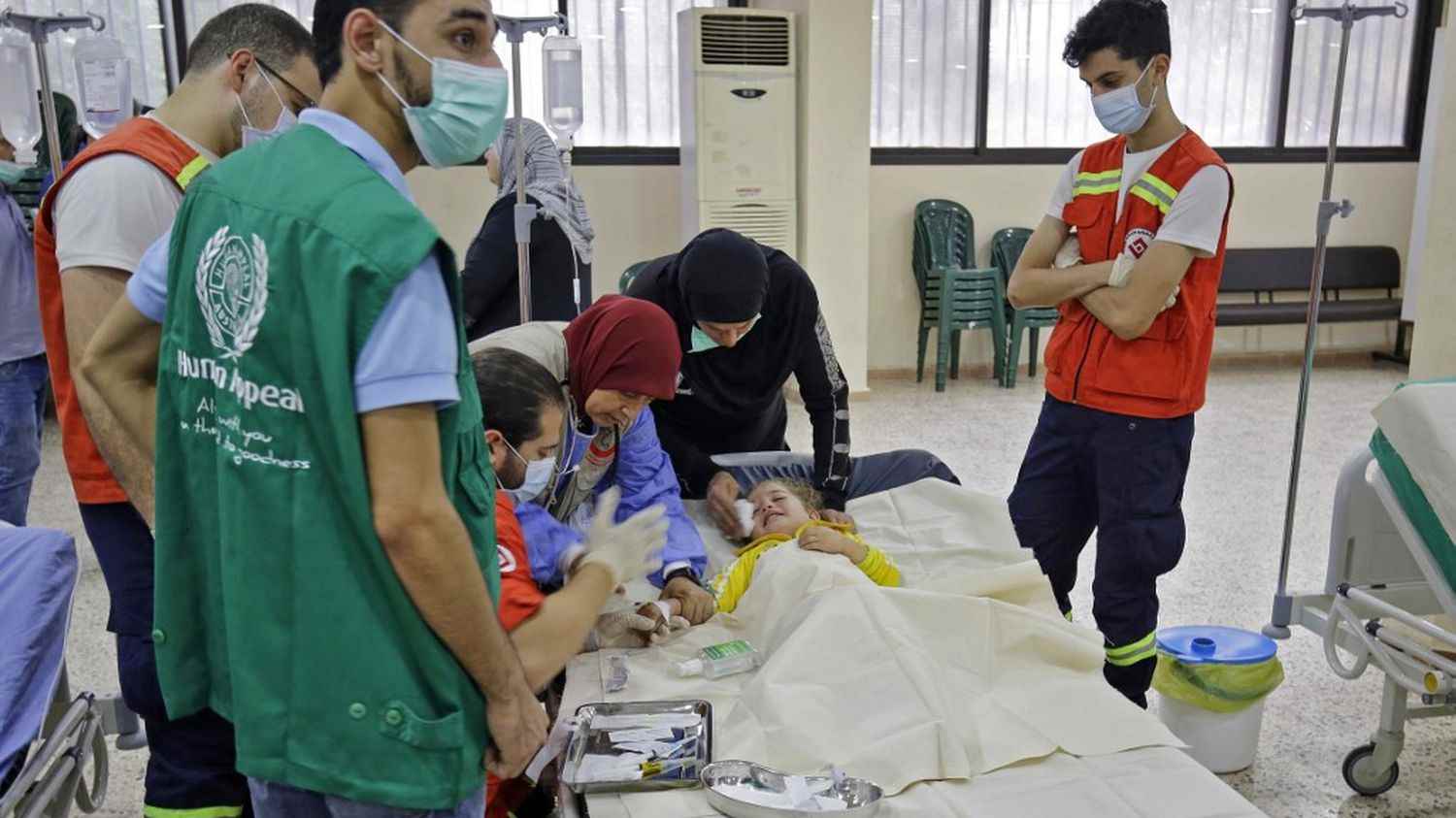A new crisis in Lebanon. Already confronted with a double impasse, economic and political, the country faces “a deadly cholera epidemic”alerted the World Health Organization (WHO) on Monday, October 31.
Since October 5, more than 1,400 suspected cases have been reported across Lebanon, including 381 confirmed cases and 17 deaths, WHO said. The poor state of the water purification network encourages the epidemic. The work of water pumping stations and sewage networks is frequently interrupted by daily power cuts across Lebanon.
The epidemic was first confined to northern Lebanon, a region steeped in poverty. She then “rapidly spread”with confirmed cases now reported across the country.
In response, the WHO pledged to help Lebanon obtain 600,000 doses of vaccine. Lebanon had not experienced a cholera epidemic on its soil for several decades.
In September, Syria had already been affected, while the war in a decade damaged more than 60% of water treatment plants, half of pumping stations and a third of water towers, according to the Nations united. The strain of cholera identified in Lebanon is “similar to that circulating in Syria”, the WHO said.
According to Lebanese authorities, most cholera cases in Lebanon affect Syrian exiles living in camps across the country. Fleeing the civil war and the repression in place since 2011, around 2 million Syrians have taken refuge in Lebanon, often living in squalid conditions.
Favored by the absence of sewage systems or drinking water, cholera is generally contracted from contaminated food or water and causes diarrhea and vomiting. Easily treatable, this infection can however kill in a few hours without care, reminds the WHO.
